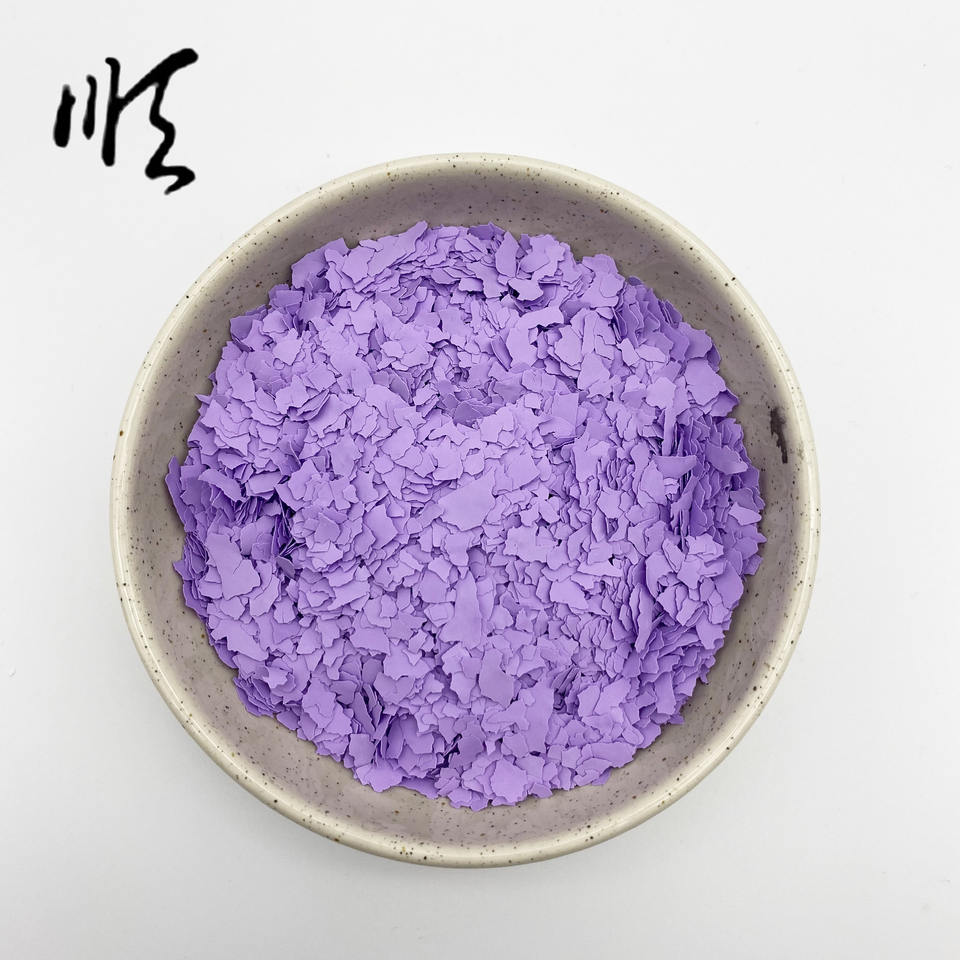
making alumina
The Process of Making Alumina A Key Component in Aluminum Production
Alumina, or aluminum oxide (Al2O3), is a crucial intermediate compound in the production of aluminum metal
. The process of making alumina is both intricate and essential, primarily being carried out through the Bayer Process, which involves several steps to extract alumina from bauxite ore.Bauxite ore, which is rich in aluminum hydroxide minerals, is the primary source of alumina. The process begins with the crushing and grinding of bauxite to reduce its size, allowing for better extraction of aluminum content. Once the ore has been pulverized, it is mixed with a hot, concentrated solution of sodium hydroxide. This step, known as digestion, occurs at elevated temperatures and pressures, enabling the sodium hydroxide to dissolve the aluminum-containing minerals.
During this chemical reaction, aluminum hydroxide is converted into soluble sodium aluminate, while impurities such as iron oxides and silica remain insoluble and can be removed. After digestion, the mixture is allowed to settle, causing the undissolved impurities to form a solid phase, which is then filtered out. This leaves a clear solution of sodium aluminate.
making alumina

The next step is precipitation, where the sodium aluminate solution is cooled and seeded with aluminum hydroxide crystals. This stage encourages the formation of larger aluminum hydroxide particles through a process called hydrometallurgy. As the aluminum hydroxide precipitates out of the solution, it is collected through further filtration.
Once the aluminum hydroxide has been harvested, it undergoes a drying process to remove any remaining moisture. The dried aluminum hydroxide is then subjected to calcination, a process that involves heating the material in rotary kilns at high temperatures, typically around 1000 to 1100 degrees Celsius. During calcination, the aluminum hydroxide is transformed into anhydrous alumina (Al2O3) by removing water molecules.
The final product, alumina, serves as the primary feedstock for aluminum production. It is smelted in electrolytic cells using the Hall-Héroult process to extract pure aluminum metal. The energy-intensive nature of this electrolysis process highlights the importance of efficiency in alumina production, as it directly influences the economic viability of aluminum manufacturing.
In conclusion, making alumina is a complex process that begins with bauxite ore and involves several critical steps, including digestion, purification, precipitation, drying, and calcination. Understanding this process is essential not only for the aluminum industry but also for innovations in recycling and sustainable practices in metal production. As demand for aluminum continues to grow, optimizing the alumina production process will be vital for meeting future needs while minimizing environmental impacts.
Share
-
Premium Glass Sand Solutions | High Purity SupplyNewsAug.03,2025
-
Premium Talcum Powder Enhanced with GPT-4 Turbo | Soft & Long-LastingNewsAug.02,2025
-
Fly Ash Solutions Enhanced by GPT-4 Turbo | Sustainable InnovationNewsAug.01,2025
-
Natural Premium Bentonite Cat Litter - Superior ClumpingNewsJul.31,2025
-
Premium Resin Coated Sand - High Heat Resistance CastingNewsJul.31,2025
-
High Quality Silicon Carbide Grit for Abrasive ApplicationsNewsJul.30,2025






